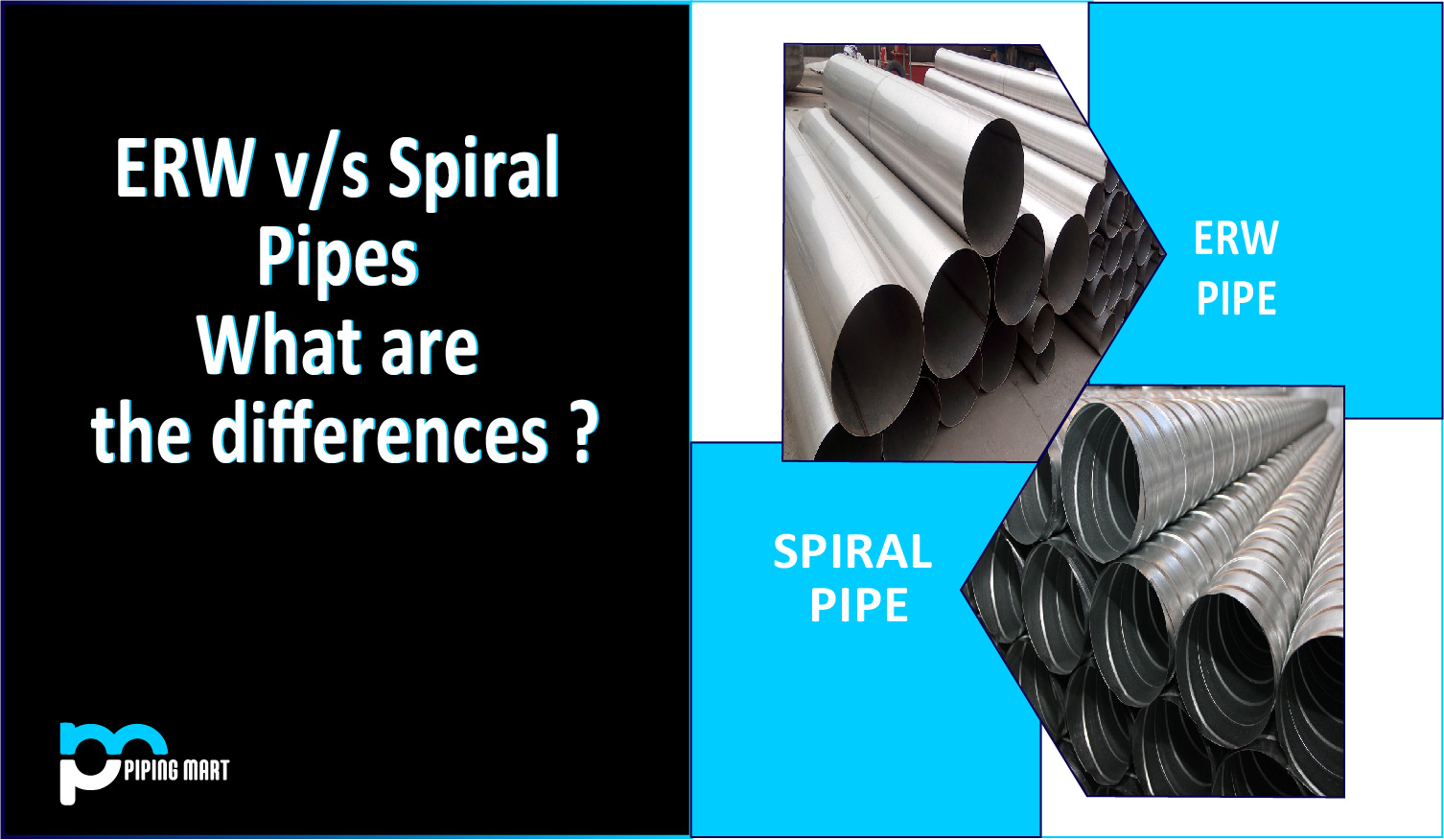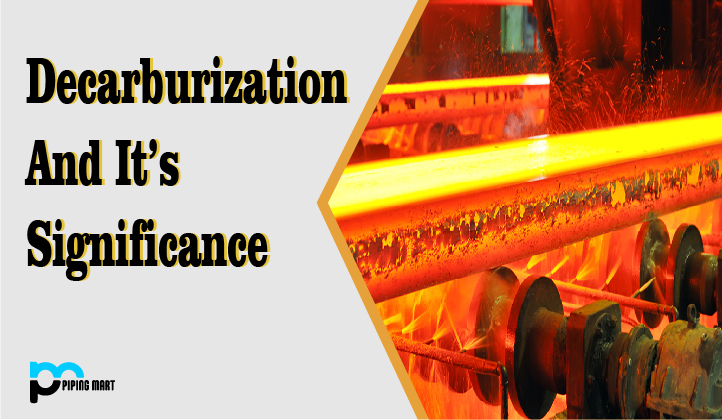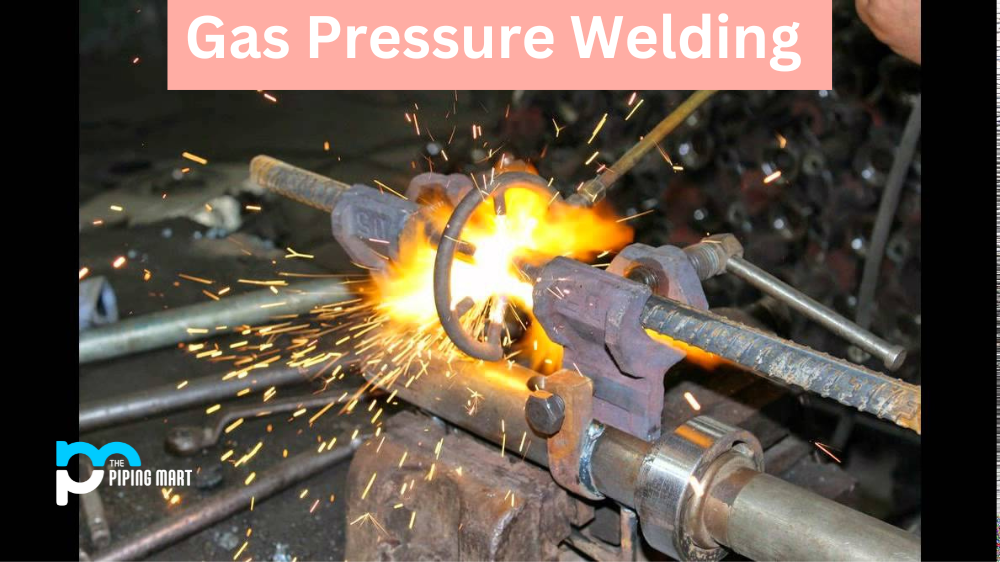The oil and gas industry turns to duplex
Corrosive conditions have severely increased in the oil and gas industry during the past few decades. The offshore oil sector continuously drives oil exploration to greater depths, creating hostile surroundings and higher pressure levels. The proper alloy selection for applications in the oil and gas sector has become essential to deal with these challenging circumstances and, additionally, to prepare for the high cost of component failure.
This has created a fantastic potential for stainless steel, a duplex, and a super duplex. Scrubbers, process funnelling frameworks, separators, pumps, X-mas tree segments, manifolds, flowlines, and pipelines carrying corrosive oils and gas are increasingly made of the duplex.
Benefits that make duplex useful in oil and gas industry:
-
Highly resistive
It exhibits exceptional resistance to different corrosive media, such as CO2, H2S vapors, chlorides, low ph conditions, and water, typically present in coastal and offshore settings. Particularly relevant in this context is the great resistance of duplex steel to stress corrosion cracking caused by chloride.
-
High strength
Its extreme strength is incredibly helpful in controlling the high pressures found at great depths.
-
Long-term cost-benefit
However, due to the failure of less expensive materials in oil fields located at significant depths, duplex steel is the optimum material for this work. The upfront cost of duplex steel is not the main factor in this decision. To accurately assess costs when selecting materials, all cost estimates must take into account lifetime maintenance and potential cost risks due to failures.

Pipingmart is B2B portal specializes in industrial, metal and piping products. Also, share latest information and news related to products, materials and different types grades to help business dealing in this industry.




